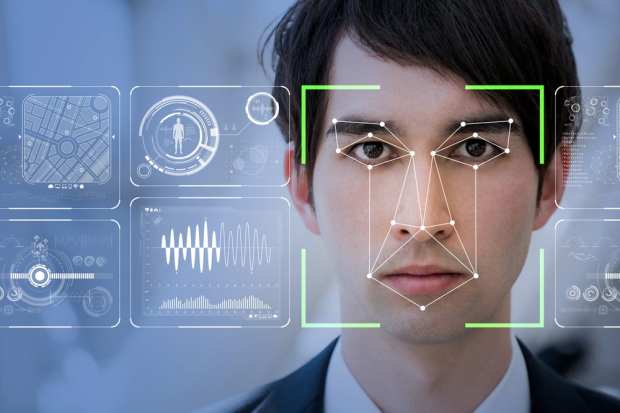Chinese Consumers Slow To Adopt Pay By Face

Ant Group, one of the world’s most valuable startups and pioneer of digital payments in China, may have lost a $439 million bet it made last year, The Wall Street Journal (WSJ) reported.
The affiliate of the Alibaba Group and operator of Alipay, put up that much cash on the enterprising but costly initiative to install facial recognition devices at retailers so consumers would no longer need their phones to make purchases. It seemed like a good idea at the time, but the technology has failed to take off, WSJ reported.
Analysts say one reason for its lack of popularity is consumers have found the sign-up process too complicated and had concerns about how their images would be used, WSJ reported. Another factor is timing, as the pandemic has shuttered many stores and the use of mask wearing has increased. In addition, many Alipay users already make payments by scanning QR codes on their phones.
“Perhaps facial recognition as a payments tool saves some time, but QR codes are already convenient enough for most consumers,” said Yanxia Lu, associate research director for International Data Corp., a Beijing-based provider of market intelligence, per the report.
Last year, a survey revealed nearly 80 percent of respondents were worried the use of facial recognition technology could put their personal information at risk, while 57 percent said they feared being tracked, according to the Nandu Personal Information Protection Research Center, a Chinese think tank cited by WSJ.
In August, Ant Group reported profits of 9.2 billion yuan ($1.3 billion) in the first fiscal year quarter (Q1), up 560 percent over the same period a year prior.
The Q1 report came one week after Ant Group conducted a preliminary initial public offering (IPO) filing with the China Securities Regulatory Commission’s Zhejiang Regulatory Bureau. If successful, it could be the world’s largest IPO in years.
Li Yufeng, a cashier at BK24, a Shanghai supermarket chain, told WSJ about two in 10 customers make payments by scanning their faces. Of the 2 percent who use it, she said, some spend time adjusting their positions in order for their faces to be scanned properly by the machines.
“I think it’s way more efficient to use QR codes,” she said.
William Wang told WSJ his face is scanned when he buys groceries at Freshippo, but the supermarket chain is owned by Alibaba, and it’s a time saver. But he mostly scans QR codes for payments at other stores, in part because he is uncomfortable having his face scanned at many locations.